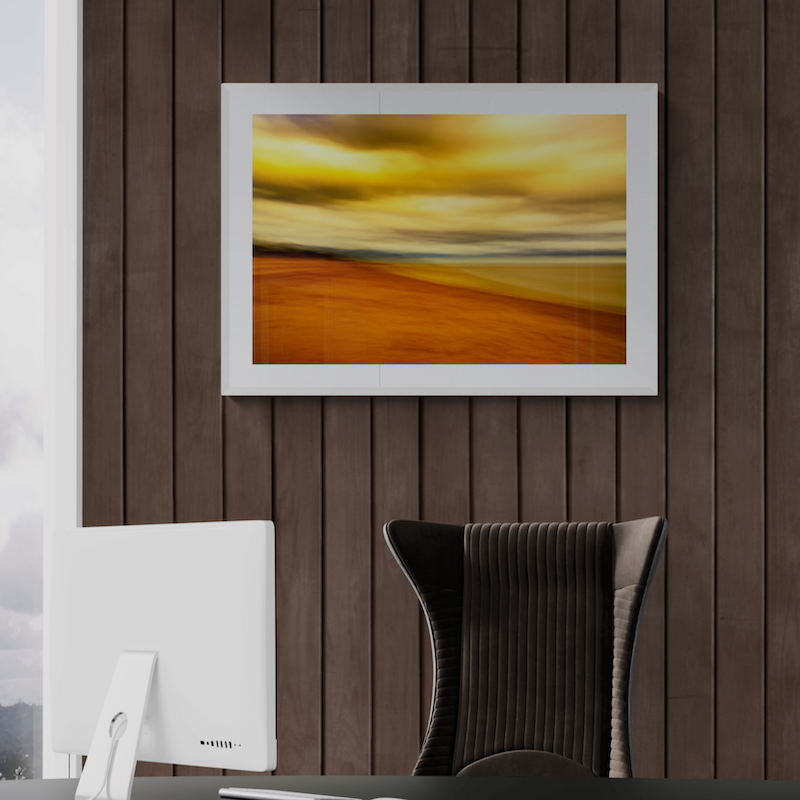Artistic Evolution: How New Techniques and Approaches Benefit the Viewer

Introduction
Artistic Photography has always been a mirror reflecting the society and culture it emerges from. Creators have consistently pushed creative boundaries, experimenting with innovative approaches to express themselves. These innovations not only redefine the art world but also benefit the viewers in profound ways. In this blog post, we will explore how new ways and techniques in artistic photography enhance the viewer's experience.
Engaging the Senses
Traditionally, artistic photography was primarily a visual experience, but contemporary fine art photographers have expanded the horizons by incorporating multiple senses. With the advent of technology, creative photographers can now use sound, touch, and even scent to create immersive art installations. These interactive encounters can make the artwork more meaningful and engaging for viewers.
Breaking Boundaries
New techniques often break away from conventional norms. Whether it's abstract expressionism, surrealism, or camera techniques such as intentional camera movement (ICM), these innovative approaches challenge preconceived notions about artistic imagery. They encourage viewers to question, interpret, and engage with the artwork on a more personal level. This sense of freedom and exploration allows viewers to appreciate art in a broader and more open-minded way.
Cultural Cross-Pollination
Globalisation and the internet have enabled creators to share their work across borders. This cross-pollination of cultures and ideas results in a rich tapestry of artistic diversity. Viewers can now experience a wide range of styles, themes, and perspectives from different parts of the world. It not only broadens their horizons, but also fosters a sense of interconnectedness and unity through art.
Re-contextualisation
New techniques often re-contextualise familiar objects or themes, leading viewers to see the world around them in a fresh light. Photographic Artists turn the ordinary into the extraordinary, helping us appreciate the beauty of everyday life. This transformation from ordinary to extraordinary can inspire viewers to be creative in their own surroundings.
Emotional Resonance
Innovative techniques such as ICM can evoke powerful emotions, one where the crerator can express themselves throught post processing enhancement techniques. Viewers, in turn, can connect with these emotions, finding solace, inspiration, or a deeper understanding of the human condition.
Post Processing and Accessibility
The rise of post processing tools such as Lightroom and Photoshop among others has made photographic artwork more accessible than ever. It has made it possible for artists/photographers and viewers to share and view artwork on a global scale, reducing the barriers of entry. Viewers can even join in the creative process that caters to human creativity.
Conclusion
New techniques and approaches in artistic photography are a testament to the ever-evolving nature of human creativity. As artistry continues to evolve, so too does its ability to touch the hearts and minds of those who encounter it, making it an essential and enriching part of our lives. Embrace the ever-changing landscape of art, for it has the power to inspire, challenge, and connect us all.
